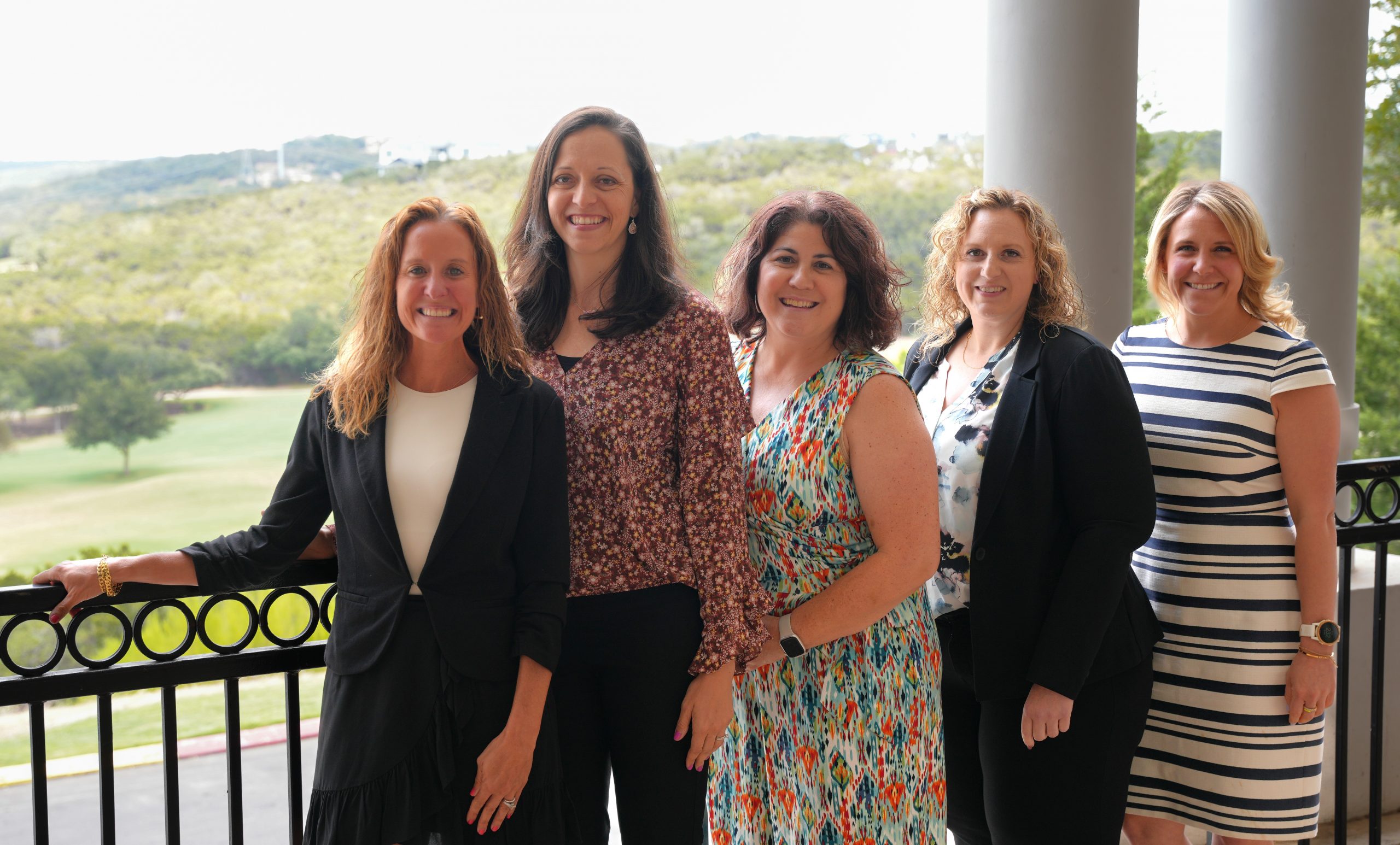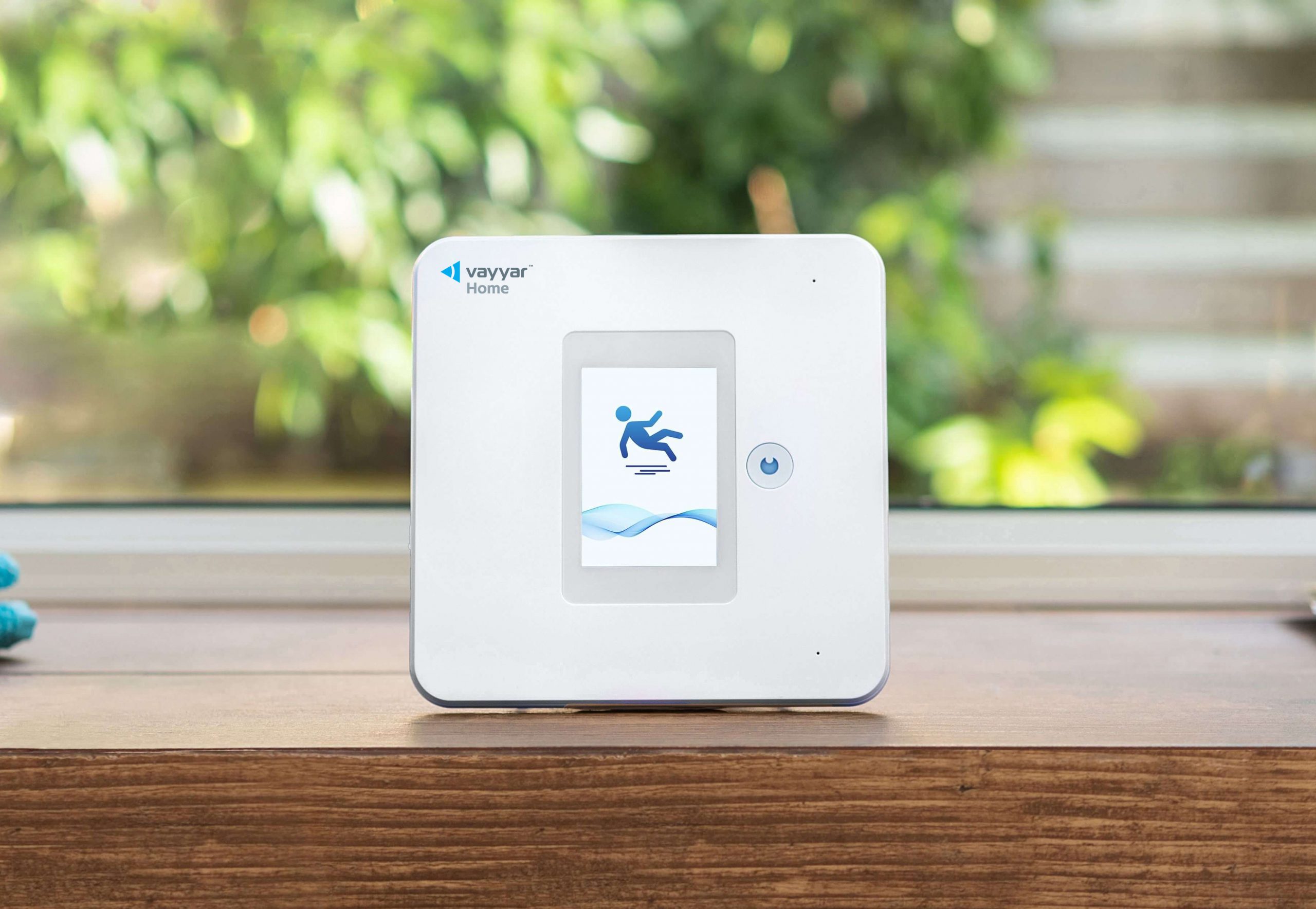
HEALTHTAC West 2025 Panel: The ABC’s of Senior Living: Acquisitions, Building, and Construction, Part 2
By Jim Nelson | November 20, 2025
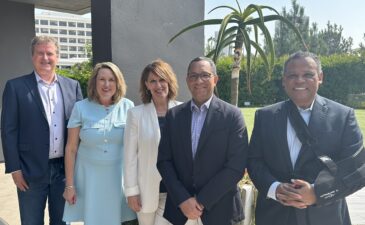
NEWPORT BEACH, CA — At this year’s annual west coast HEALTHTAC/Senior Living News executive event, industry leaders gathered in Southern California to share insights and strategies. Throughout the event, several panel discussions addressed key topics in senior living, with one of them focused specifically on the development side.
Leading this discussion was moderator Nicole Page, the senior vice president of sales at Dual Path. Her panelists were Eric Gruber, the CEO of Acanthus Senior Living; Colin Marshall, vice president of business assimilation for Discovery Senior Living; Daniel Perez, the vice president of real estate development, design & construction for Senior Resource Group; and Heather TerHark, the chief strategy officer for Viva Senior Living.
In part 1 of this article, the panelists got into the shift toward assimilation, rigorous due diligence, regional and cultural alignment, detailed operational planning, and the necessity of technology integration.
Continuing the conversation, moderator Page asked the panelists whether they’re seeing more value in repositioning older communities versus building from the ground up.
HEATHER TERHARK: A new build is actually easier, but from a cost standpoint and from an efficiency, get-the-building-up-and-running [standpoint], repositioning — and there are a lot of buildings that have been closed down in different states. You see SNFs that you can now reposition as assisted living and memory care, that you’re going to be able to meet [from a] regulatory [standpoint], but can you meet the customer demand and those type of things? Repositioning is something that we have done very successfully. Technology becomes a huge part of that repositioning; your programming becomes a big part of that repositioning. We find from a regulatory standpoint the cost of construction — in some states, it’s just outrageous right now — the cost of supplies, you can’t go into a building that you’re going to reposition thinking you don’t have to put money into it. And it could be $7 million, $8 million, $10 million, but by the time you reposition it, you refill that building, the value to sell it becomes very similar to properties that are out there, even close to new builds, because of having those residents and individuals in there.
We’ve talked about technology being really important, but also when we talk about staff, we have to teach them a lot of times in some of these buildings, when we reposition them. If there’s some that have really low occupancy that we take over, they’re not used to that technology, and so we have to be very sensitive. Like Colin said, how we come in: We reassure them that we’re going to take care of them, we’re here to bring them even more resources and help, and support them, but we have to teach them about the technology. We can’t assume they know how to use it, and as a person who really loves tech that’s always been such a surprise to me, but I see it over and over as we’ve taken on assimilating more communities.
ERIC GRUBER: On the subject of tech, I have this opportunity now, essentially going out with all new builds, to sort of leapfrog to where we are today. But I think you’re touching on one of the major issues here, and I personally can understand this. I have been locked out of two of my past companies’ database because I’m a gremlin; I can’t figure this stuff out. So, I’m super concerned because I’m hiring a caregiver for care, not for charting, not for all of that data, but I need that data to run my business. I need actionable data. I need tech that will get used because the person that has to use it understands it.
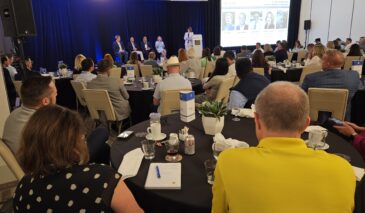 With regards to acquisitions versus new builds, what we’re seeing out in the capital markets today, and this is a traditional business cycle, the economics are still such, I believe, and capital believes it — which is all that really matters — that they can go buy something for $230 a door, stick $100,000 into it and instead of $330 they’ve got a building that’s worth $375. And I’m walking in and saying, “It’s four and a quarter to get out of here.” There’s still a value, a vig there, that capital is about making that money. Particularly with the short-term people, they can get in and turn that community so they’re not as interested in new development as I think we all think they should be given the silver tsunami. It’s real. The boomers are here; they’re starting to call, they’re coming in, and they’re assessing these communities. And I think another part of the transformation process of a community is hitting the market where it is today, because you’re looking at a building that was cutting edge 36 years ago, but it’s not today.
With regards to acquisitions versus new builds, what we’re seeing out in the capital markets today, and this is a traditional business cycle, the economics are still such, I believe, and capital believes it — which is all that really matters — that they can go buy something for $230 a door, stick $100,000 into it and instead of $330 they’ve got a building that’s worth $375. And I’m walking in and saying, “It’s four and a quarter to get out of here.” There’s still a value, a vig there, that capital is about making that money. Particularly with the short-term people, they can get in and turn that community so they’re not as interested in new development as I think we all think they should be given the silver tsunami. It’s real. The boomers are here; they’re starting to call, they’re coming in, and they’re assessing these communities. And I think another part of the transformation process of a community is hitting the market where it is today, because you’re looking at a building that was cutting edge 36 years ago, but it’s not today.
DANIEL PEREZ: Nicole’s comment, and Heather’s comment, is very important. There are new positions in the operations; they start from the conception of the project. When we’re talking the ground up, we’ve got to think about digital professionals that are now involved in the process. There are new jobs, new job descriptions. [If] we don’t get educated on that, then we have problems in the overall development of the project. That’s the first thing. The second thing is, I think when we get to the process of the information, all the data that’s collected in the programming of a project, for an acquisition or assimilation, versus if you’re talking about a building that is ’70s and ’80s, forget about it. It’s going to be very costly to get it up to what the new residents are expecting. It’s almost impossible. It’s basically scratch and start over because you’re not going to get it there. So, you’ve got to be really analytical and smart about where you’re going to put your money in terms of the assimilations, because sometimes you cannot make it happen, even if you want to. And so ’80s, ’90s is a little bit easier than ’70s in terms of the facilities, in terms of life expectancy overall, those buildings are done and over with; we’ve got to start over. So, technology is not only just a buzzword and elements in there, it’s part of new, smart way of planning and operating buildings. It needs to be in there. I can’t repeat this often enough to make sure that we understand we need to get educated a new way, a new language that is being spoken everywhere.
HT: It doesn’t matter how great of a unit price or bed price it is, if it isn’t something the customer is going to want, and if it has concrete walls and you can’t put Wi-Fi in it, don’t buy it. Because everything runs on Wi-Fi; you want Wi-Fi, individuals in our communities are expecting that, and they want it to be high speed, and all of that.
COLIN MARSHALL: Part of the issue is that for a long time we built a lot of communities that were one-size-fits-all. And the market’s changing, residents are changing, what they want is changing. But you have all of this product that’s in-market, that’s been invested in, and it’s not performing right. So, what do you do with it? This is what’s pushing the repositioning market and the consolidation of properties and monies in that direction because you have to do something with it because [otherwise] you have a market where everybody’s taking a loss on something that isn’t performing. But the challenge becomes, again, taking something that’s a one-size-fits-all and putting it into more of a custom environment, where you’re now catering to a specific client — either in an economic class or in a cultural class, or in a market or a regional class — but it’s differentiating a one-size-fits-all product and making it appear more custom to a client that wants something different.
Oakmont Senior Living COO Matt Stevenson then asked from the audience, “It sounds like you all have a different lens by which you evaluate opportunities, but how are you thinking about stabilized margin today? As we see top-line revenues rise with occupancy and pricing power, how bullish or conservative are you when you’re putting forward underwrites today?”
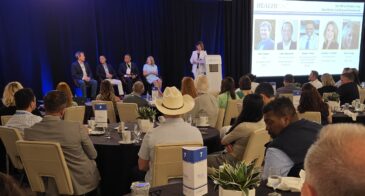 EG: This initial underwriting is for the Phoenix market; we’re looking at a top-line average revenue of about $7,000. That’s care fees and everything included. I typically license a building entirely assisted living. There’ll be a memory care section, which is typically a higher subcategory of the licensure, but my personal opinion is independent living means assisted living in denial, and you are six months away from services for the most part if you’re walking through a traditional independent/assisted living community. So, we don’t differentiate within the units. You don’t have to move. We’re shooting for about a 38 percent margin on $7,000 with 120 units of flex IL, AL, and 30 units of memory care.
EG: This initial underwriting is for the Phoenix market; we’re looking at a top-line average revenue of about $7,000. That’s care fees and everything included. I typically license a building entirely assisted living. There’ll be a memory care section, which is typically a higher subcategory of the licensure, but my personal opinion is independent living means assisted living in denial, and you are six months away from services for the most part if you’re walking through a traditional independent/assisted living community. So, we don’t differentiate within the units. You don’t have to move. We’re shooting for about a 38 percent margin on $7,000 with 120 units of flex IL, AL, and 30 units of memory care.
DP: Case by case we’re doing deeper analysis on all the finances for everything because, again, it’s not business-as-usual anymore. It’s not one-size-fits-all, so we have to be really careful. And the financial models we’re doing right now, we have two or three different scenarios; we do all the potential scenarios that can affect us within the next five to 10, 15 years. I know that’s kind of too conceptual, but that’s what we need to do nowadays, because the economics are so volatile, so difficult to predict, that we have to put all the worst-case scenarios in there to be able to get the margins that Eric’s mentioned. And we are also developing and building right now an additional 170 units in Scottsdale, a similar market, and that analysis was done five years, 10 years, 20 years, and different analysis all the way from operation, construction costs, everything that has been affecting us during the construction process. It is just 20 more items that 10 years ago we didn’t used to do that now we have to do.
HT: Because we do some mid markets, and we do some rural areas, sometimes we’re looking at margins more in that 22 percent to 30 percent [range]. If it’s a new build, 30 percent to 35 percent is what we’re looking at. We’re expecting our new builds to have higher margins. But again, it comes back to repositioning, and it comes back to your investor, what type of margin they’re looking at for their return on their dollar, too.


